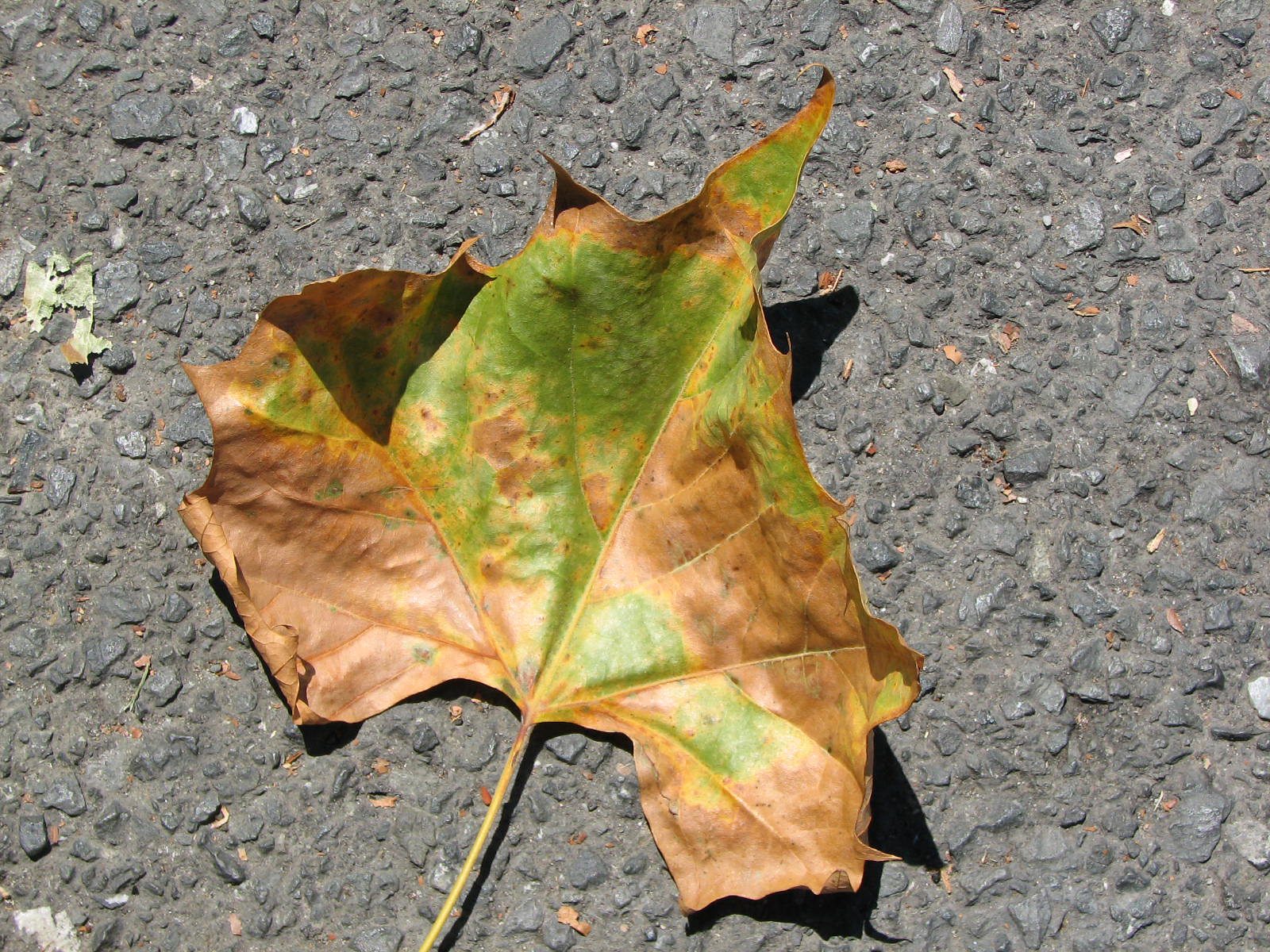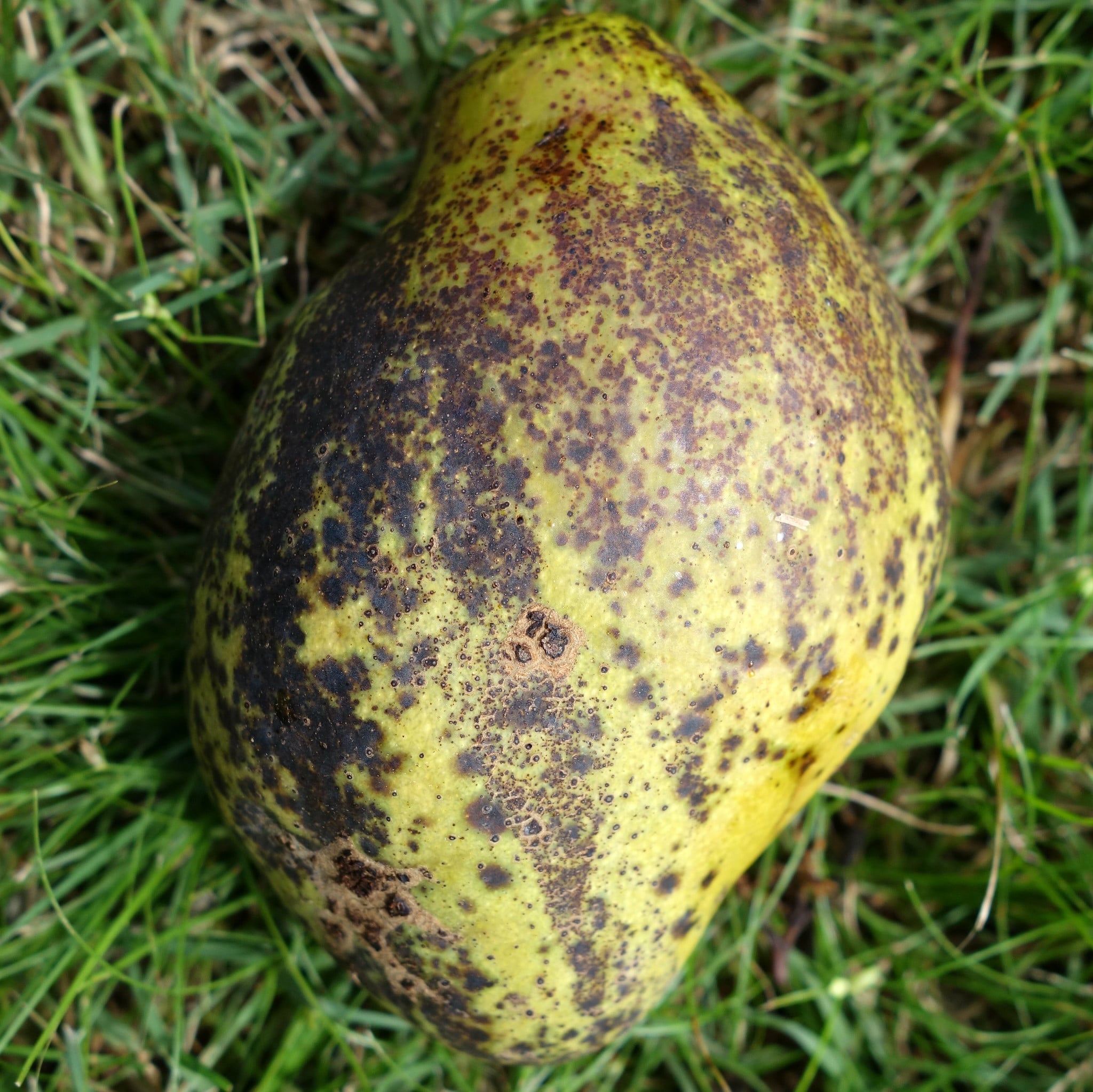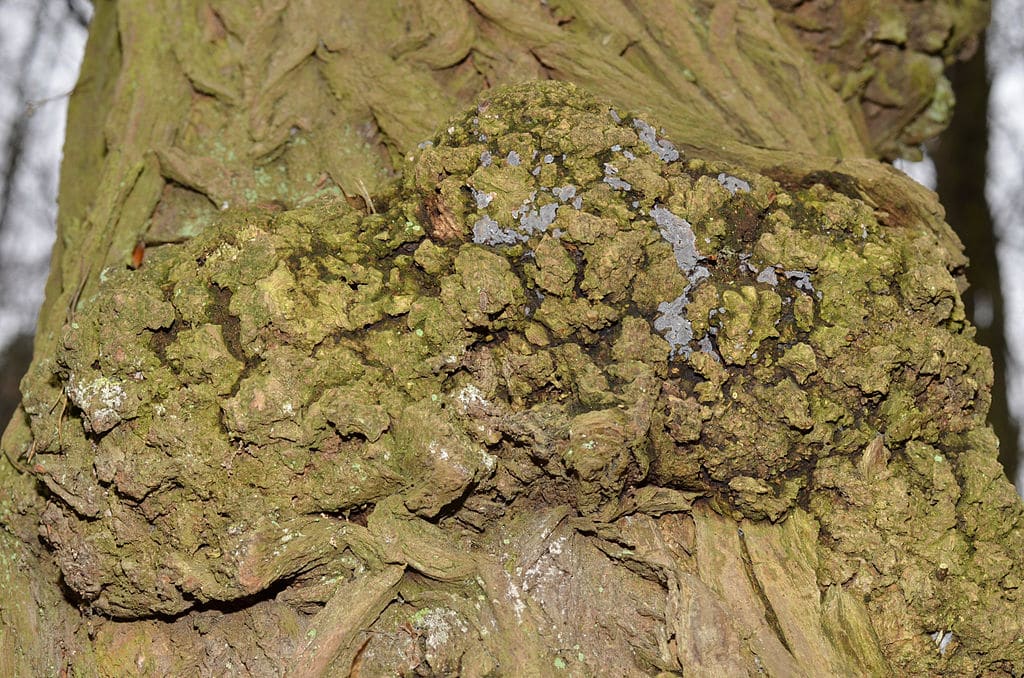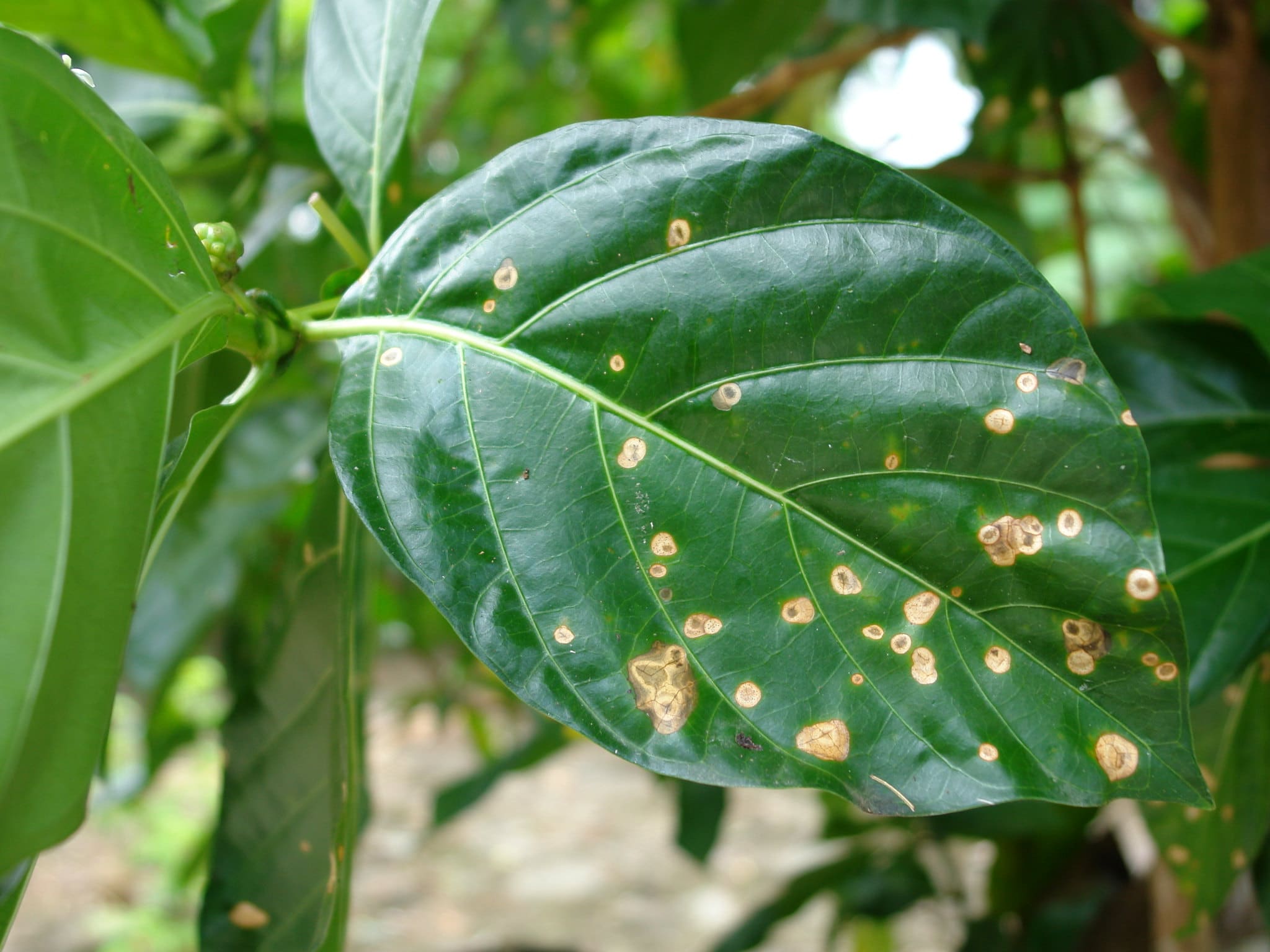
Image sourced from Flickr/Debra Roby
Trees, no matter how well cared for and healthy they are, can be affected by a wide variety of microorganisms. Bacteria, viruses and parasitic fungi are always on the prowl, waiting for you to show some sign of weakness, however small, to attack. One of the most devastating is what we know as anthracnose or canker, which can infect young plants, causing damage that, if not treated in time, will be irreversible.
But… is there any really effective treatment to eradicate it? Unfortunately, when we talk about pathogenic microorganisms, the only thing we can do is prevent and treat the symptoms. Even so, don't worry yet because those preventive measures carried out in time, are often the difference between having trees, let's say protected, and dead trees.
What is anthracnose?

Image sourced from Flickr/Scot Nelson
Anthracnose or canker is a disease caused by various fungi, especially the Colletotrichum and Gloeosporium genera. It is especially common in regions with a mild-warm climate where the environmental humidity is also high., since these conditions are ideal for these microorganisms to proliferate rapidly... in a wide variety of plants.
Focusing only on trees, canker is especially destructive on horse chestnut; in fact, it has its own name: horse chestnut anthracnose. In this tree, when it is young it attacks the leaves, but as the plant grows, it is common for bumps or 'lumps' to appear on its trunk. But beware, if you have almond trees, mangoes or flowering dogwoods, you also have to be very alert, since they are other of the favorite species of these fungi.
What are the symptoms?
Symptoms of this disease they are easy to identify:
- Appearance of brown spots on the leaves
- Fall of leaves
- Fruits with brownish/blackish spots that can end up falling
- Flower abortion
- The tree looks as if it is decayed, it does not grow
- Lumps on the trunk (in adult specimens)
How does a tree get infected by blight?

Image sourced from Wikimedia/Norbert Nagel
The fungi that cause anthracnose or canker can get inside the trees when some of these situations occur:
Heat + high humidity
In regions where temperatures are mild or warm, it is very common to find plants affected by canker. Now, you must bear in mind that you do not necessarily have to be in an area with a temperature of 20ºC and 85% humidity (for example) all year round, since If springs are warm and humid where you live, even if winters are cold with snowfall, you may have infected trees as well.
Pruning with non-disinfected tools
When it comes to pruning, it is extremely important, first to do it in the right season (autumn or late winter, depending on the type of tree), but also to clean the tools well. The microorganisms are not seen, but that does not mean that they are not there. So don't hesitate to disinfect them before and after use to prevent infections.
And by the way, do not forget to close the wounds with healing paste. Just in case.
poorly maintained tree
When a tree receives everything it needs, it is difficult for it to get sick. Although this can turn out to be somewhat complicated, because you can be taking good care of yours, watering it and fertilizing it when it plays, but it still gets sick... Why? Well, it may be that the weather is not entirely favorable to him, that he got sick while already in the nursery.
In any case, it does not hurt to continue doing just that: try to have all the needs of the tree covered.
How to treat anthracnose?

Image sourced from Flickr/Scot Nelson
As we mentioned at the beginning of the article, it is difficult, if not impossible, to completely eradicate the disease. Therefore, what is done is the following:
Precautionary measures
- Buy healthy trees
- Water and fertilize whenever necessary
- Treat seeds with copper-based fungicides before sowing
- Use 'new' substrates
- Make sure the roots have enough room to grow
- Separate diseased plants from healthy ones
- Treat with fungicide at the beginning of the growing season
'curative' measures
If you see that you already have any symptoms, apply copper-based fungicide. Spray leaves and trunk well, and you can even add the dose indicated on the container to the irrigation water and water, thus treating the roots.
I hope this information has been useful to you in treating your trees.
Hello ?
In autumn 2019 I planted a 75cm tall Lebanon cedar, the first months it defoliated its needles a lot but in spring/summer it grew more than 1 meter and it was splendid. This fall it defoliated again and it's like "bald" of everything. I pruned a twig and it is green inside even though it hardly has a needle in sight.
I always fertilized it at the beginning of spring and autumn, without overdoing it, and it was planted in a 5-5,5 substrate mixed with local soil and some stone.
I live in Galicia, Coruña area, around here you can see many that grow without difficulty.
I don't know what this must be because it defoliates in the fall (the 2 it has planted) would it still not take root well?
Thanks greetings ?
Hello Ruben.
It may not have finished rooting well yet, due to its slow growth.
But just in case, I recommend treating it with a fungicide for conifers, since there are fungi such as phytophthora that cause what is known as browning of conifers, which is almost always fatal for them. Therefore, all prevention is little.
Now in spring, some fertilizer will also come in handy, such as compost, guano or some manure (chicken manure, as long as it is dry, is ideal).
Regards!